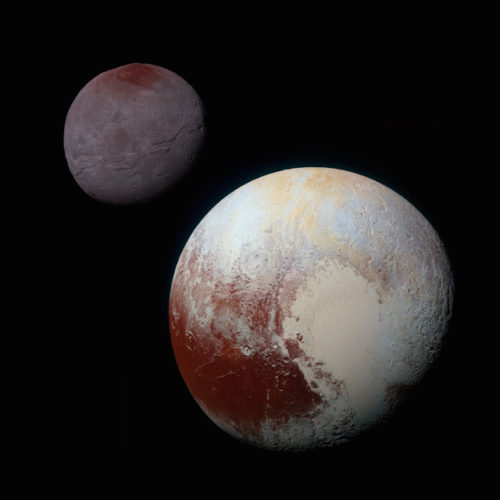
An alternative model for the formation of Sputnik Planitia on Pluto
An article published in the journal “Nature” describes a research that suggests a rapid formation of the large basin of Sputnik Planitia, a part of the heart-shaped region on the dwarf planet Pluto, in the early stages of its life. A team of researchers led by Douglas Hamilton, a professor of astronomy at the University of Maryland, concluded that its features might be the inevitable consequences of the processes that led to its evolution.





